Supportive Government Initiatives
The transdermal drug-delivery-systems market is positively impacted by supportive government initiatives aimed at enhancing healthcare infrastructure in the GCC. Governments are investing in healthcare innovation and regulatory frameworks that facilitate the development and approval of new drug delivery systems. For example, initiatives to streamline the regulatory process for transdermal products can accelerate their entry into the market. This supportive environment is likely to encourage pharmaceutical companies to invest in research and development, thereby expanding the range of transdermal products available. As a result, the market is expected to grow, driven by both increased product availability and improved patient access to innovative therapies.
Growing Focus on Personalized Medicine
The transdermal drug-delivery-systems market is increasingly aligned with the growing focus on personalized medicine. As healthcare shifts towards tailored treatment approaches, transdermal systems offer the flexibility to adjust dosages and formulations based on individual patient needs. This trend is particularly pronounced in the GCC, where healthcare providers are adopting more patient-centric strategies. The ability to customize transdermal patches for specific patient profiles may enhance therapeutic efficacy and minimize side effects. Consequently, the market is likely to see a rise in demand for personalized transdermal solutions, reflecting broader trends in healthcare that prioritize individualized treatment plans.
Advancements in Formulation Technologies
The transdermal drug-delivery-systems market is benefiting from advancements in formulation technologies that enhance drug permeation and stability. Innovations such as microneedles and iontophoresis are being integrated into transdermal systems, allowing for more effective delivery of a wider range of therapeutic agents. These technological improvements are particularly relevant in the GCC, where there is a strong emphasis on research and development in the pharmaceutical sector. The market is expected to expand as these advanced formulations become more commercially viable, potentially increasing the range of conditions that can be treated transdermally. This evolution may lead to a broader acceptance of transdermal systems among healthcare professionals and patients alike.
Increasing Prevalence of Chronic Diseases
The transdermal drug-delivery-systems market is significantly influenced by the rising prevalence of chronic diseases such as diabetes and hypertension in the GCC. As these conditions require long-term management, the demand for effective and convenient drug delivery systems is escalating. For instance, the International Diabetes Federation reported that the number of adults with diabetes in the GCC is expected to reach 20 million by 2030. This growing patient population is likely to drive the adoption of transdermal systems, which offer a steady release of medication, thereby improving patient adherence and outcomes. The market is thus positioned for substantial growth as healthcare providers seek innovative solutions to manage chronic conditions.
Rising Demand for Non-Invasive Delivery Methods
The transdermal drug-delivery-systems market is experiencing a notable increase in demand for non-invasive drug delivery methods. Patients and healthcare providers are increasingly favoring transdermal systems due to their ease of use and reduced discomfort compared to traditional methods like injections. This shift is particularly evident in the GCC region, where healthcare systems are evolving to prioritize patient comfort and compliance. The market is projected to grow at a CAGR of approximately 8% from 2025 to 2030, driven by this rising preference. Furthermore, the convenience of transdermal patches, which can deliver medication over extended periods, aligns well with the busy lifestyles of patients in urban areas of the GCC.


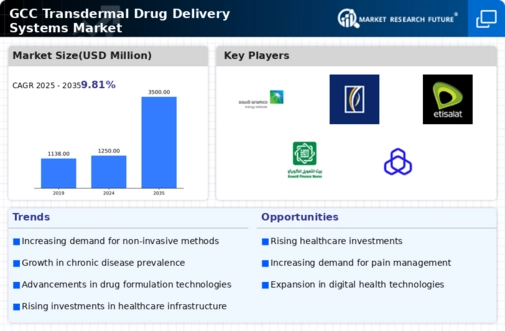
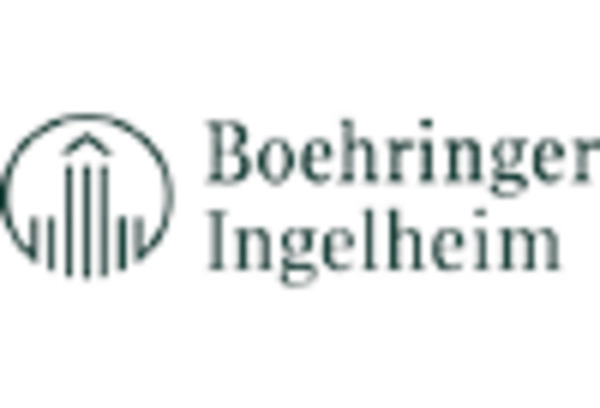
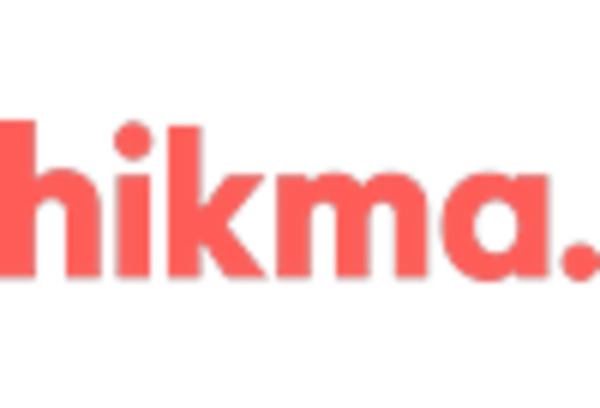

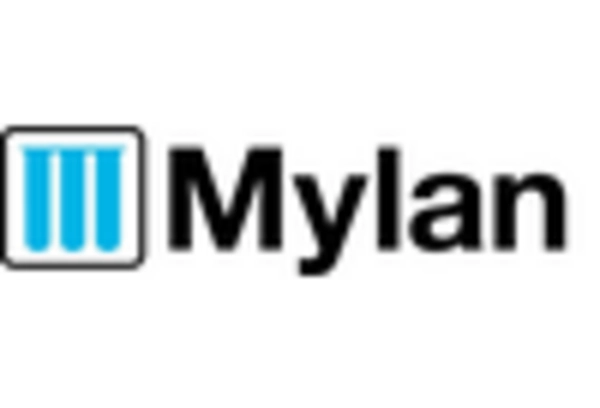
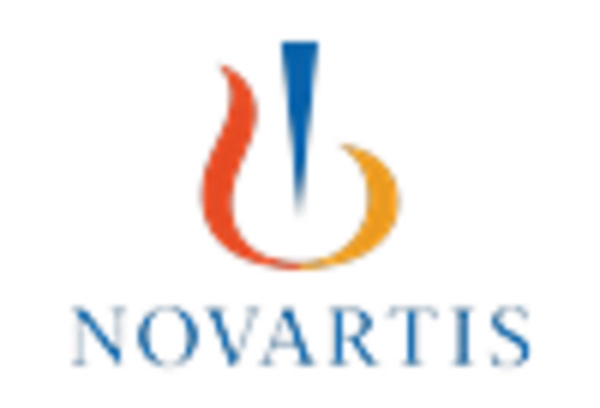
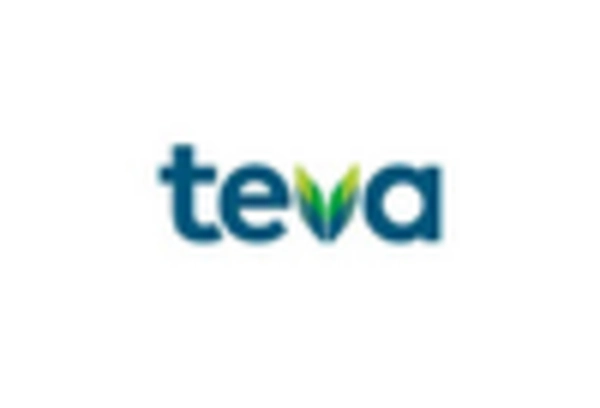








Leave a Comment